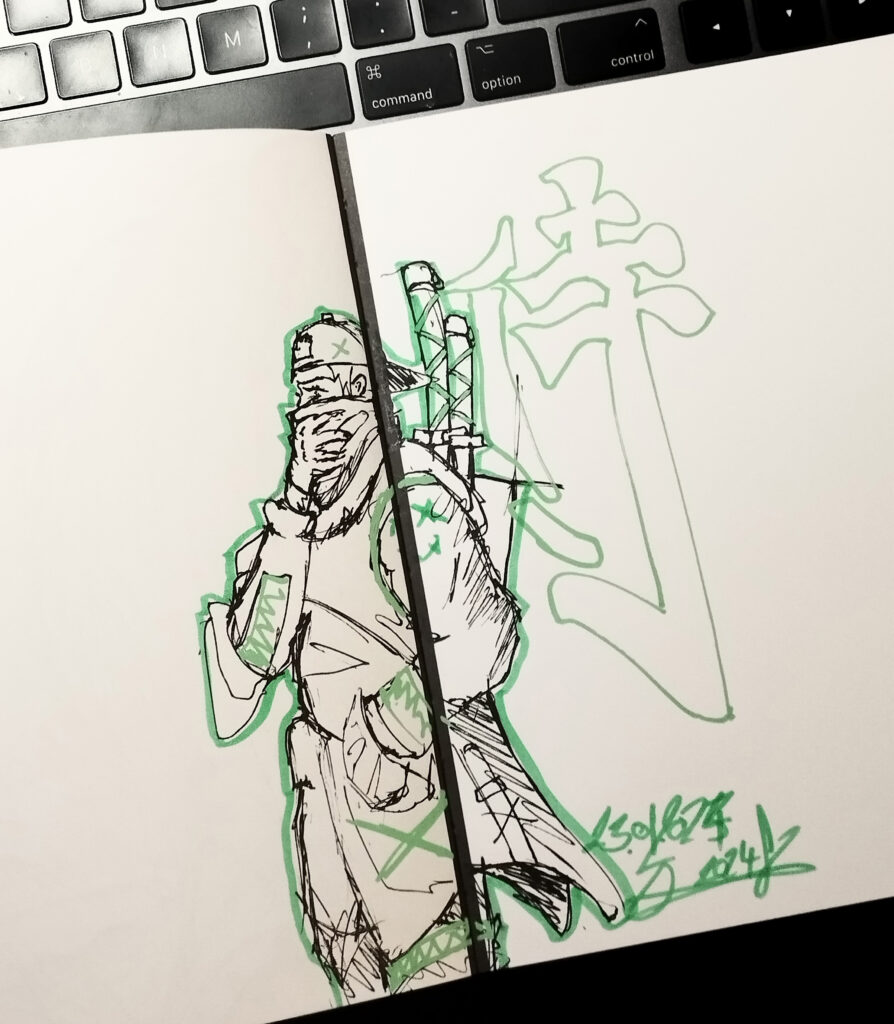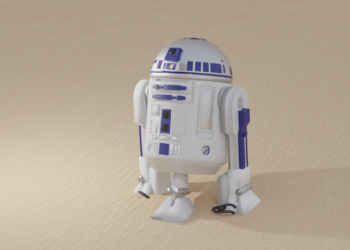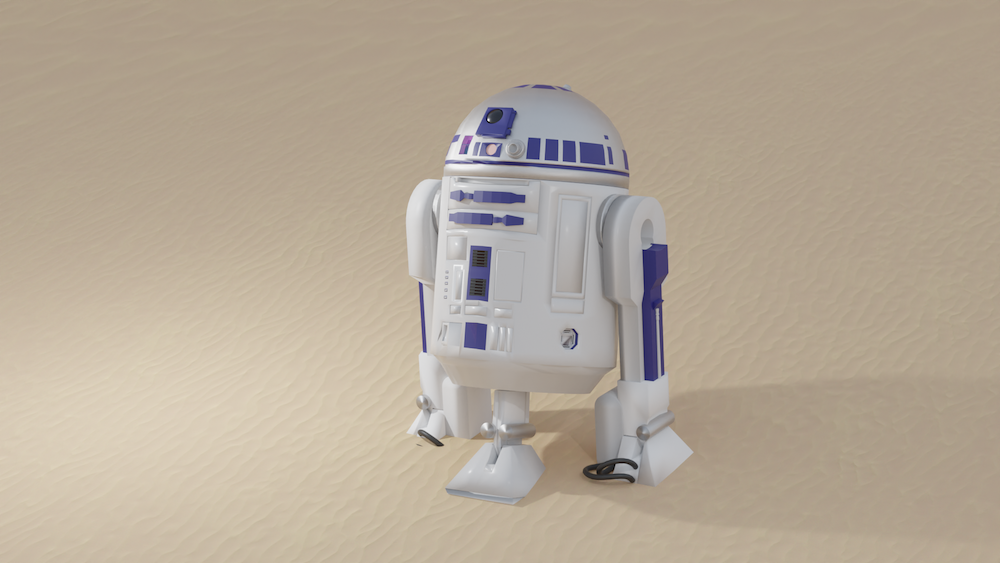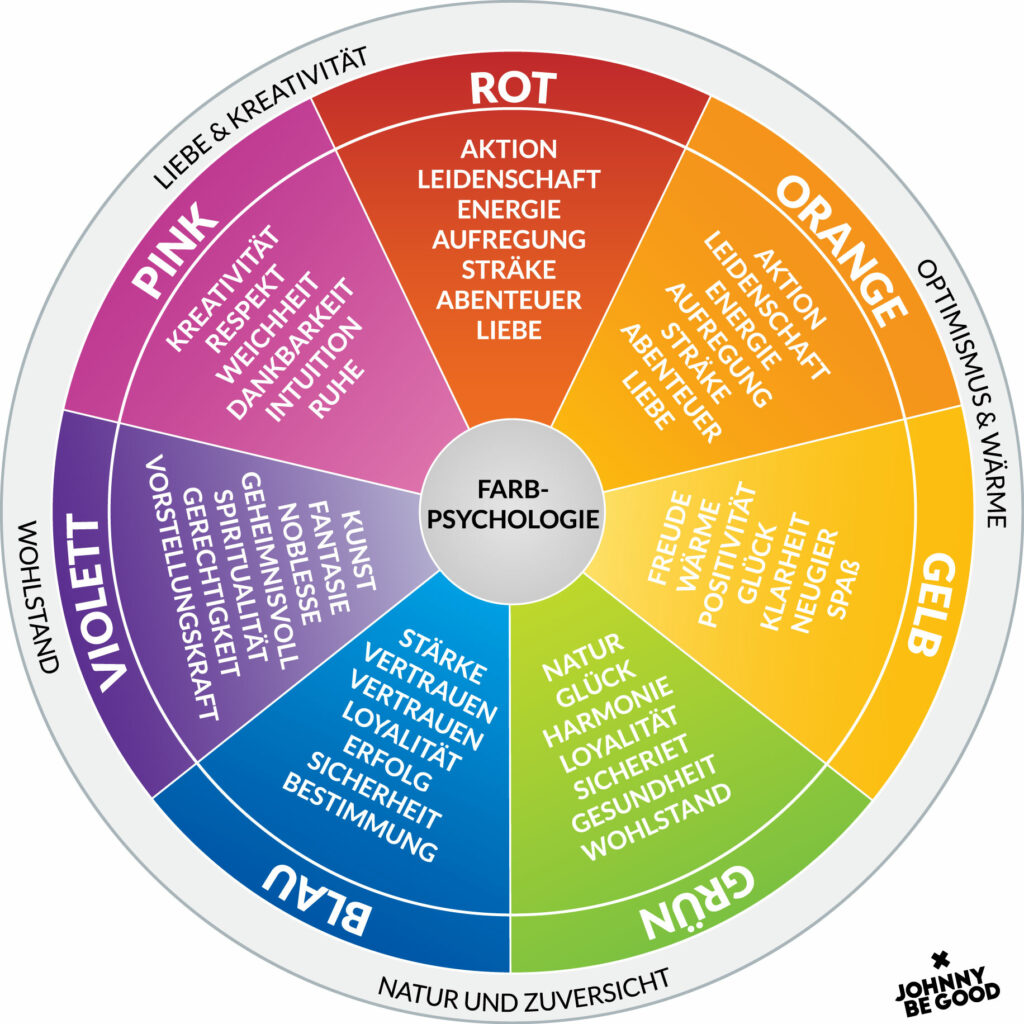Als Designer/ Designerin ist es völlig normal, dass man immer wieder mit neuen, coolen und innovativen Ideen auftrumpft. Doch was, wenn mal der Kopf leer ist, das vor einem liegende Blatt Papier sich einfach nicht füllen mag oder das Indesign-Projekt einfach nicht in die Gänge kommt?
Mir geht es häufig so, wenn ich viel kreative Denkarbeit geleistet habe und an mehreren Projekten gleichzeitig arbeite.
Daher möchte ich in der Folge das Thema behandeln, wie man als Gestalter/Gestalterin an neue Ideen und Inspirationen kommen kann, wenn der eigene Ideenfundus leer oder ausgeschöpft ist.
Kreativität ist eine Ressource, die nicht auf Knopfdruck ein-, oder ausgeschaltet werden kann. Aber zum Glück gibt es Hilfsmittel und Wege, wie sich diese schulen lässt, so dass es leichter fällt, wenn mal die nächste Deadline näher rückt oder der Kunde auf „DIE“ bahnbrechende Neuheit wartet.
Stelle dir vor jeder neuen Designaufgabe folgende W-Fragen?

Mit diesen Fragen lässt sich häufig schon eine Richtung oder ein Weg definieren, wohin das Projekt gehen kann. Das kann dabei hilfreich sein, etwas Druck vom Projekt zu nehmen.
Lass dich von anderen Designern/Designerinnen und deren Projekten inspirieren

Ein großer Vorteil des 21. Jahrhunderts besteht darin, dass wir mit nur wenigen Klicks Zugriff auf beinahe das gesamte Wissen der Menschheit haben. Dies können wir sehr gut für unsere Zwecke nutzen. Auf Kreativ-Plattformen wie Pinterest, Behance, Artstation uvm. können wir nicht nur auf Projekte von Gleichgesinnten zugreifen, auch können wir uns mit anderen Kreativschaffenden vernetzen und austauschen. (Aber Achtung, es kann auch sehr leicht passieren, dass man sich im endless scrolling auf den Seiten verlieren kann, daher rate ich, setze dir einen Timer, damit du nicht in den Tiefen des Internets verloren gehst.)

Wenn es nicht unbedingt alles digital stattfinden muss, geh vielleicht raus in einen Bibliothek oder einen Buchladen/Kiosk und blättere dich durch Magazine. Hier lassen sich immer wieder wunderschöne Beispiele für kreatives und herausragendes Design finden. Vor allem was Layout und Textsetzung betrifft, kann es sich sehr lohnen, Magazine wie das Page Magazine zu abonnieren. (Hier ist noch ein Link zu weiteren Magazinempfehlungen.)
Erstelle dir Moodboards aus dem gefundenen Content
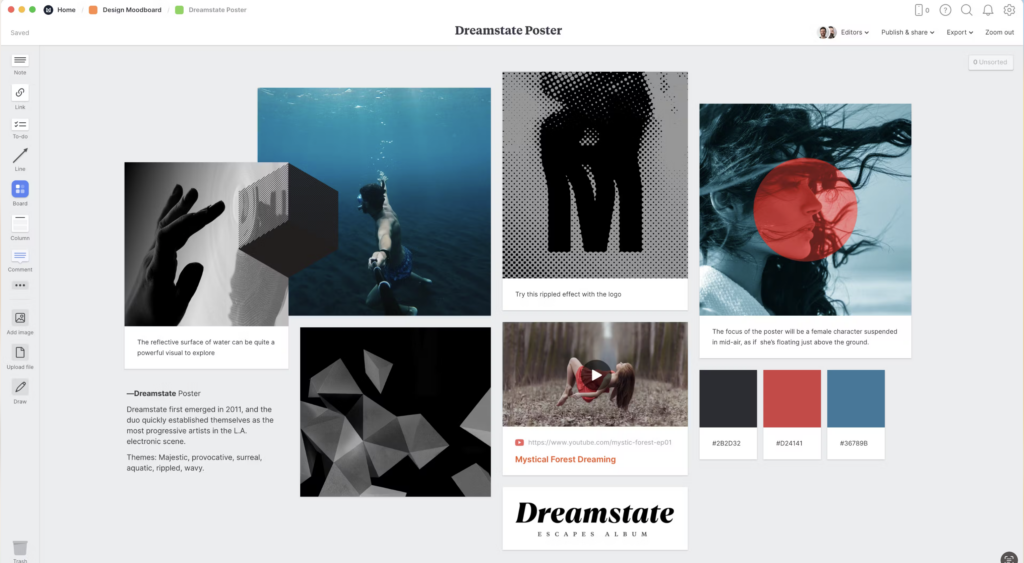
Wenn genug neue Inspirationen und Ideen gefunden, gedownloaded, als Screenshot gespeichert wurde, erstelle daraus ein Moodboard. Durch Moodboards bekommst du und dein Auftraggeber/deine Auftraggeberin einen guten, ersten Eindruck von dem, wohin die Design-Reise gehen kann.
Zum Erstellen von Moodboards gibt es mittlerweile haufenweise Tools, die dir dabei helfen. Nutze Adobe Photoshop, Illustrator oder Indesign, Tools wie Miro oder Figma können dir nicht nur dabei helfen, Moodboards zu erstellen, du kannst außerdem Prototypen von Websites und Apps erstellen und diese Applikationen zum Managen von Projekten verwenden. (Hier ist noch ein Link als Hilfestellung bei der Erstellung von Moodboards.)
Experimentiere und spiele
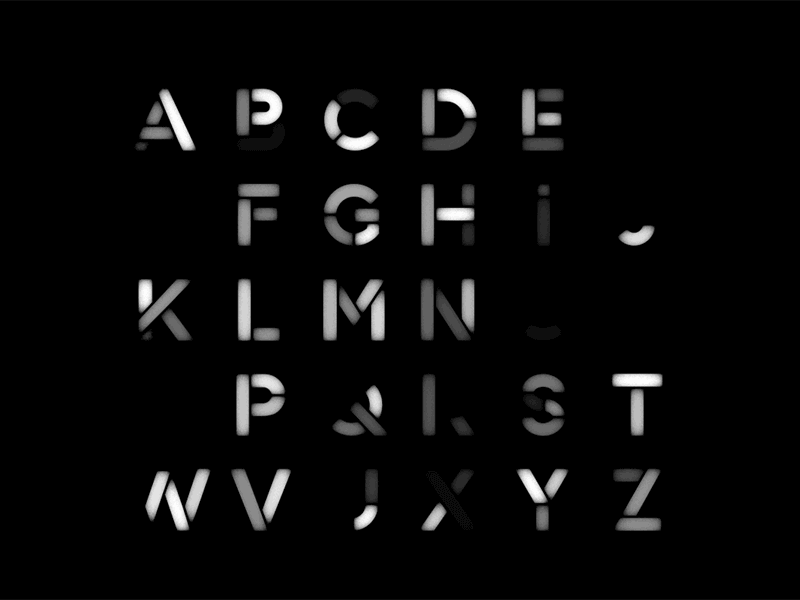
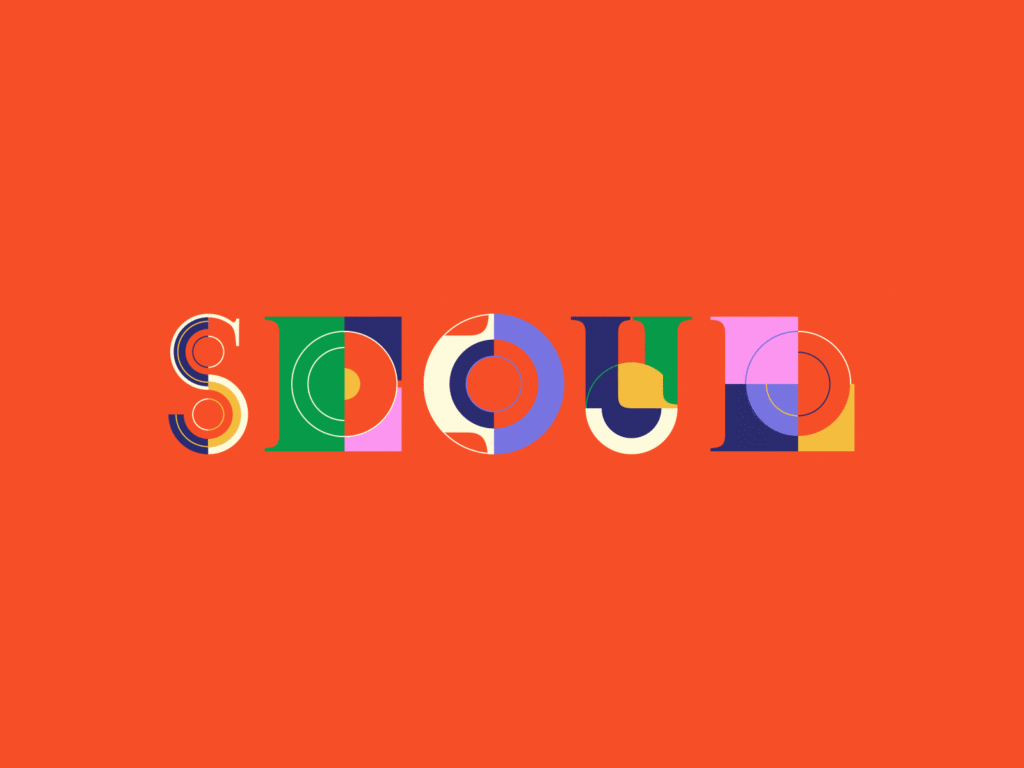
Nachdem schon viel geschehen ist, probiere dich einfach aus. Setze Texte willkührlich, übertreibe mit Schriftgrößen oder Effekten, sei wild und löse dich etwas von den Vorgaben. Wer weiß, vielleicht kommt dir so die bahnbrechende Idee. Und wenn nicht, dann hattest du zumindest etwas Spaß. (Hier noch ein Link zu etwas experimentellem Design.)
Setze dir einen Timer und teile dir die Arbeit in Blöcke auf
Damit nicht das Gefühl aufkommt, dass all die Zeit sich verschwendet anfühlt, hilft mir zumindest ein einfacher Trick. Einen Timer von 15 Minuten stellen und einfach drauflos arbeiten. Egal, wie klein der Fortschritt sein mag, man hat aktiv etwas am Projekt weitergearbeitet. Falls das nichts für dich ist, hilft vielleicht dieser Artikel weiter, wo es darum geht, sich den Tag in Blöcke einzuteilen.
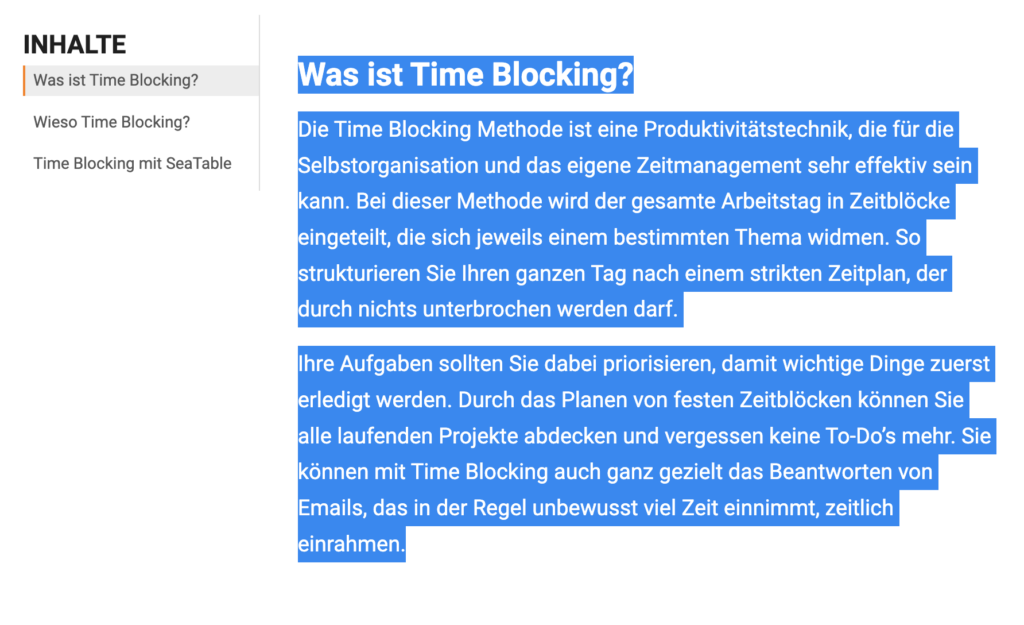
Geh raus an die frische Luft
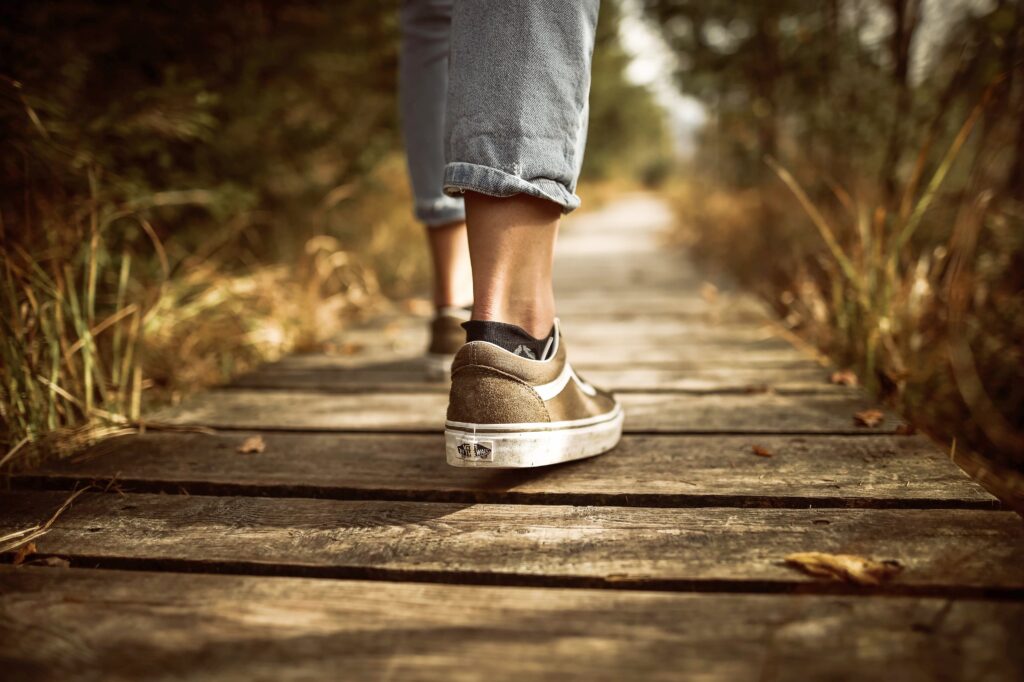
Was super simpel klingen mag, kann Wunder bewirken. Lass einfach alles stehen und liegen und geh für ein paar Minuten oder eine halbe Stunde raus. Weg vom Laptop oder PC. Geh spazieren, mach Yoga, dehn dich oder setz dich auf eine Parkbank und lass einfach deinen Gedanken ihren lauf. Dieser simple Tipp kann wirklich Balsam für die Seele sein und super hilfreich sein. Mir hat das schon oft weitergeholfen, wenn mal nichts mehr ging. Hier kann ich nur sagen, kostet nichts und lohnt sich auf jeden Fall, mal auszuprobieren.
Ich hoffe, dass bei den Tipps gegen kreative Blockaden etwas nützliches dabei ist oder zumindest Denkanstöße geben kann. Dies stellt natürlich nur einen kleinen Ausschnitt an Methoden und Möglichkeiten dar, der Kreativität auf die Sprünge zu helfen. Wie zu Beginn erwähnt, gibt es spezielle Methoden und Tricks, wie Kreativität geschult werden kann.
Diesem spannenden Thema widme ich mich im nächsten Eintrag.
Bis dahin, danke fürs Lesen.
Quellen
https://www.canva.com/learn/feeding-creativity-find-inspiration-graphics/
Die 7 besten Communities für Kreative
20+ Breathtaking Experimental Typefaces
4 Time Blocking-Varianten für mehr Produktivität
